optoPAD, a closed-loop optogenetics system to study the circuit basis of feeding behaviors
- PMID: 31226244
- PMCID: PMC6589098
- DOI: 10.7554/eLife.43924
optoPAD, a closed-loop optogenetics system to study the circuit basis of feeding behaviors
Abstract
The regulation of feeding plays a key role in determining the fitness of animals through its impact on nutrition. Elucidating the circuit basis of feeding and related behaviors is an important goal in neuroscience. We recently used a system for closed-loop optogenetic manipulation of neurons contingent on the feeding behavior of Drosophila to dissect the impact of a specific subset of taste neurons on yeast feeding. Here, we describe the development and validation of this system, which we term the optoPAD. We use the optoPAD to induce appetitive and aversive effects on feeding by activating or inhibiting gustatory neurons in closed-loop - effectively creating virtual taste realities. The use of optogenetics allowed us to vary the dynamics and probability of stimulation in single flies and assess the impact on feeding behavior quantitatively and with high throughput. These data demonstrate that the optoPAD is a powerful tool to dissect the circuit basis of feeding behavior, allowing the efficient implementation of sophisticated behavioral paradigms to study the mechanistic basis of animals' adaptation to dynamic environments.
Keywords: D. melanogaster; behavior; feeding; methods; neuroscience; optogenetics; taste.
© 2019, Moreira et al.
Conflict of interest statement
JM, DG, CB, KS, IT, SW, CR No competing interests declared, PI has a commercial interest in the flyPAD open-source technology.
Figures
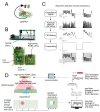
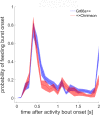
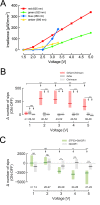

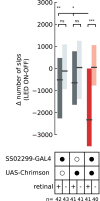

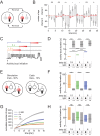

References
-
- Brown AEX, de Bivort B. Ethology as a physical science. Nature Physics. 2018;14:653–657. doi: 10.1038/s41567-018-0093-0. - DOI
Publication types
MeSH terms
Grants and funding
LinkOut - more resources
Full Text Sources
Molecular Biology Databases

